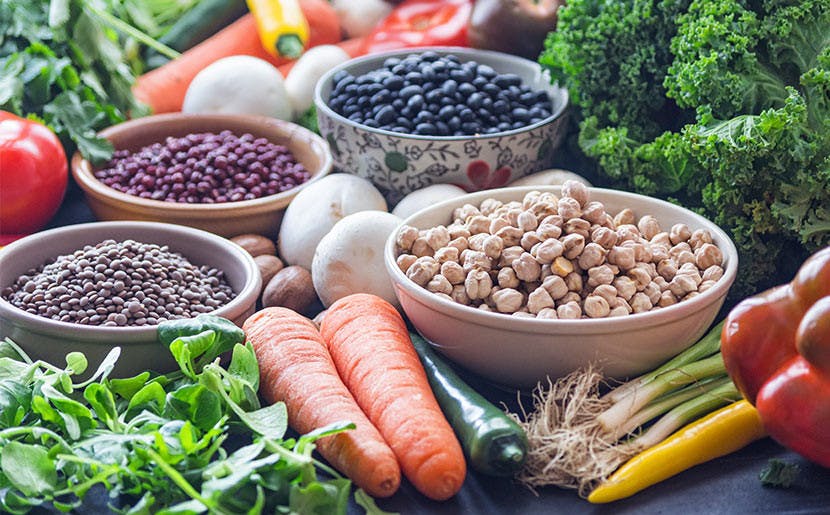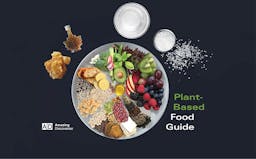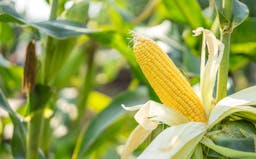Plant-Based Food Combining
Article by:
Amazing Discoveries™ | Professor Walter Veith, PhD |
7 min read
Do you know about food combinations? Based on the time it takes different groups of foods to digest, proper food combining avoids digestive problems that can result from mixing incompatible foods at the same meal. In the late 1800s, author and health reformer Ellen G. White said:
It is not well to eat fruit and vegetables at the same meal. If the digestion is feeble, the use of both will often cause distress and inability to put forth mental effort. It is better to have the fruit at one meal and the vegetables at another (Ministry of Healing, 299-300).
Although many of the ideas Ellen White put forward seemed radical and ridiculous to her contemporaries, today science has verified her statements. Unfortunately, many people still don’t practice these principles for good health.
Food Combining Categories
Foods can be generally divided into three categories.
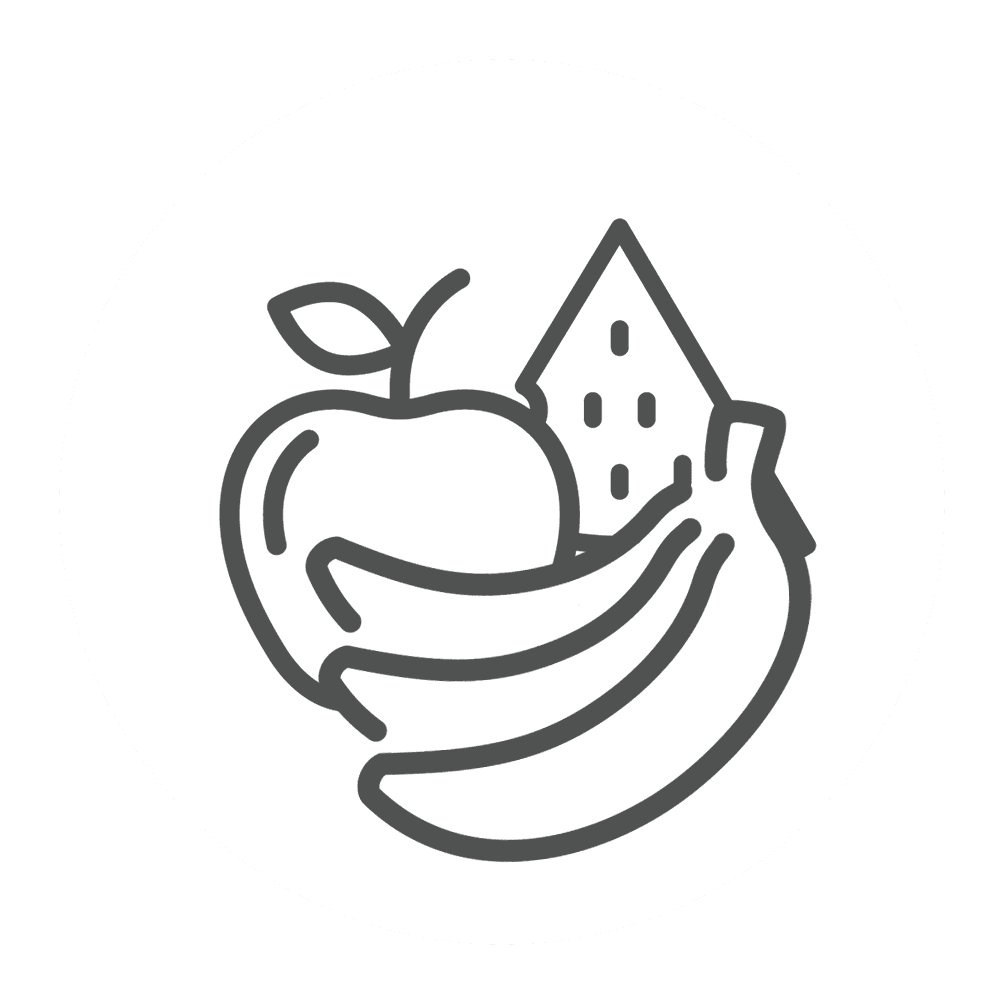 |
Fruits |
This group encompasses fruit with high sugar content.
Example foods: cherries, bananas, mangos, kiwi, pears, and grapes.
 |
Vegetables |
This group is made up of most common greens, tubers, and stems.
Example foods: kale, spinach, celery, leeks, potatoes, beets, onions, cauliflower.
 |
Neutral Foods |
Neutral foods encompasses a wide variety of food types. These foods are compatible with either the fruit or vegetable category.
Example foods: vegetables with a high water content such as cucumbers, herbs, lettuce, tomatoes; fruit with high fat content such as avacados or olives; grains, legumes, nuts.
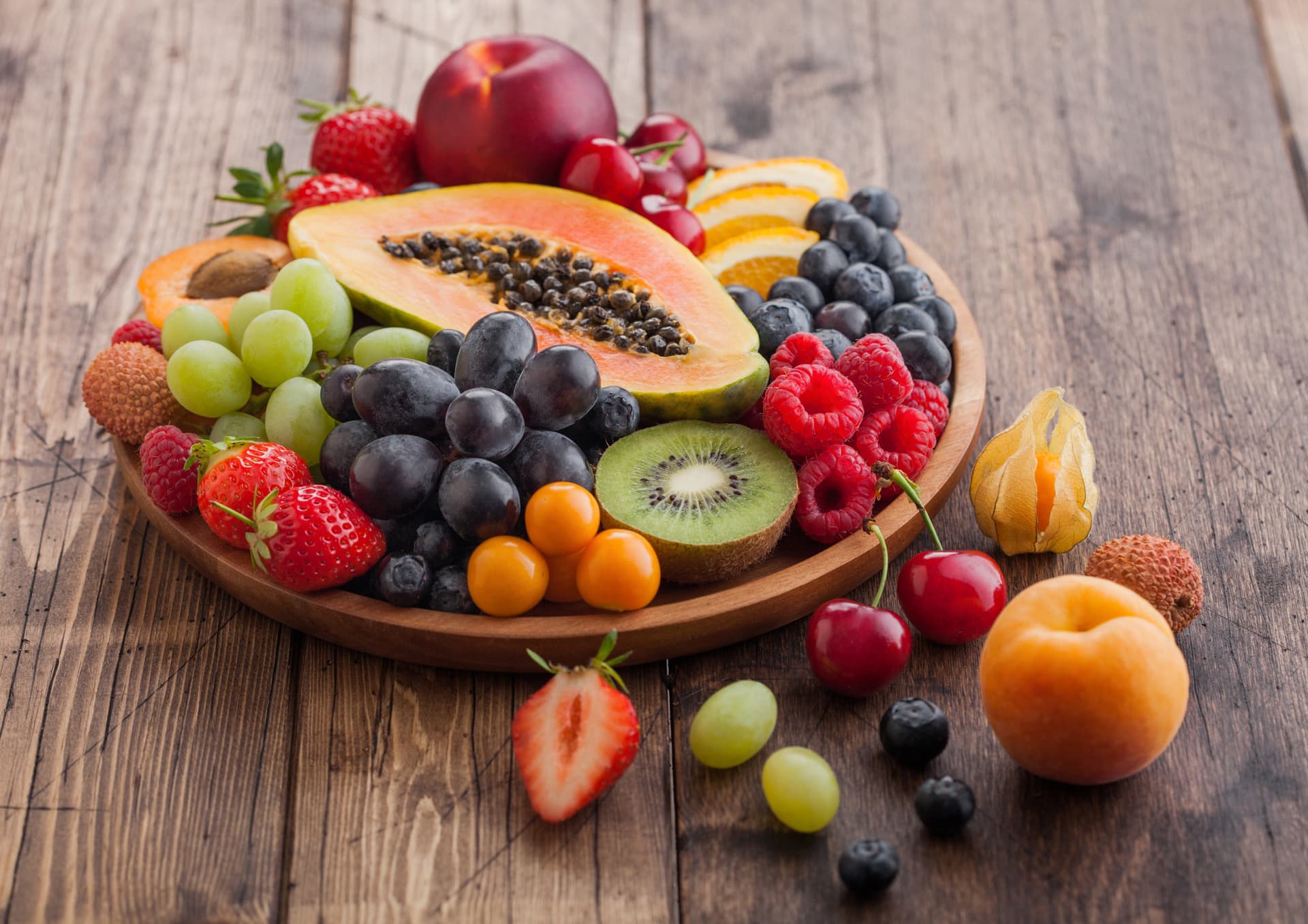
Most fruits are digested in about 1-2 hours. Vegetables take 3-4 hours to digest, and neutral foods can be digested in approximately 2-3 hours. If fruits are combined with foods that take longer to digest, the sugars in fruit can cause fermentation to happen. Thus, it’s best to avoid combining fruit and vegetables at the same meal. This rule does not include non-sweet, or ‘neutral’ fruits such as avocados, tomatoes, and cucumbers.
How Science Has Verified This
Scientists have discovered that the stomach will not empty its contents into the intestinal system until everything in it has been properly broken down. The stomach cannot select individual ingredients from your meal and send them on separately. Everything put into the stomach together has to be handled in one package.
There is a sensor in the duodenum that tests small samples from the stomach to determine if the meal you just ate has been processed enough to be sent on to the intestines. If it has, digestion proceeds smoothly. If it hasn’t, the valve is closed and the stomach works a while longer. Fruit will ferment in the time it takes for vegetables to be processed.1 That’s why it’s not a good idea to combine fruits & vegetables at the same meal as the sugars in fruit will cause fermentation to happen. This rule does not include non-sweet fruits such as avocados, tomato, and cucumber.
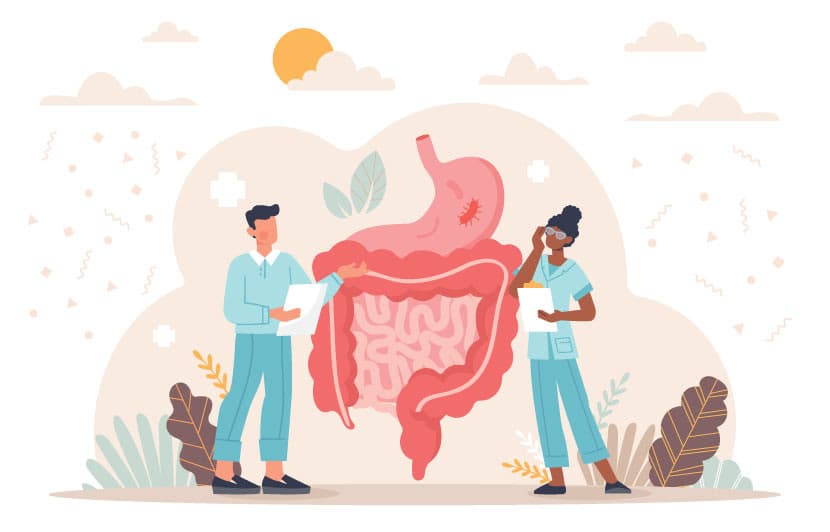
The gas from this fermentation process may contribute to acid reflux, because it can escape up the esophagus. When the stomach valve opens to release the gas, stomach acid can also escape, irritating and eroding the lining of the esophagus. Doctors have discovered that long-term acid reflux can damage the esophagus.2
The best antidote to these problems is prevention. Eat fruits and vegetables at separate meals. Avoid eating animal proteins, as very high acid levels are required for proper function of the enzymes necessary to digest these proteins.3
If you choose to include animal products in your diet, never combine them with a starch such as rice, potatoes, or bread, as this will cause decay to take place. Instead, have a large green salad with the meat, which will help rather than hinder digestion.
Additionally, avoid too much variety in one meal.4 Three to four different types of foods are best. However, be sure to vary your meals so that you get enough variety throughout the day.
Fruits and neutral foods can be combined in dishes like oatmeal with raisins or waldorf salad, while vegetables can be combined with neutral foods in dishes like vegetable stew, lentil soup, and lasagna. A nutritious meal can be made of spaghetti with a tomato sauce seasoned with olives, green peppers, onions, and culinary herbs; a side salad of lettuce, tomatoes, cucumbers, sprouts and carrots; and a selection of legumes or soy-based meat substitute seasoned to taste.
Food Combining Chart
The following graph shows compatible and incompatible plant-foods.
Compatible
| Most Fruits → | Neutral | ← Most Vegetables |
|
Apples Apricots Bananas Blackberries Blueberries Cantaloupe Cherries Cranberries Currants Dates Gooseberries Lemons Limes Loganberries Mango Nectarines Oranges Peach Pear Persimmons Pineapple Plums Raspberries Strawberries Tangerines Watermelons |
All grains: Barley, Buckwheat, Bulgur, Corn, Millet, Oats, Rice, Rye, Wheat, etc.
All legumes: Carob, Chickpeas, Kidney beans, Lentils, Lima beans, Mung beans, Peanuts, Soya beans etc.
All nuts: Almonds, Brazil, Cashews, Chestnuts, Coconuts, Hazelnuts, Macadamias, Pecans, Walnuts, etc.
All seeds: Flax seed, Poppy seed, Pumpkin seed, Sesame, Sunflower, etc.
Some Vegetables: Cucumber, Herbs, Lettuce, Sprouts, Watercress
Some fruits: Avocadoes, Olives |
Artichokes Asparagus Broccoli Beets Brussels sprouts Cabbage Carrots Cauliflower Celery Eggplant Green beans Green peppers Kale Leeks Okra Onions Parsnips Potato Pumpkin Radish Spinach Squash Sweet potato Turnip |
Incompatible
| Most Fruits → | ← Most Vegetables | |
|
Apples Apricots Bananas Blackberries Blueberries Cantaloupe Cherries Cranberries Currants Dates Gooseberries Lemons Limes Loganberries Mango Nectarines Oranges Peach Pear Persimmons Pineapple Plums Raspberries Strawberries Tangerines Watermelons |
|
Artichokes Asparagus Broccoli Beets Brussels sprouts Cabbage Carrots Cauliflower Celery Eggplant Green beans Green peppers Kale Leeks Okra Onions Parsnips Potato Pumpkin Radish Spinach Squash Sweet potato Turnip |
This graph is an excerpt from the book Diet and Health by Dr. Walter Veith. Canadian & International Store | US Store
These statements have not been evaluated by the Food and Drug Administration or Health Canada. Our articles, videos and products are not intended to diagnose, treat, cure, or prevent any disease. If you are pregnant, nursing, taking medication, or have a medical condition, consult your physician before following any recommendations or using any product on our site. You assume sole responsibility for your personal health, and you must use your own discretion under doctor consultation to determine whether any product or recommendation on this site is suitable for your personal situation.

